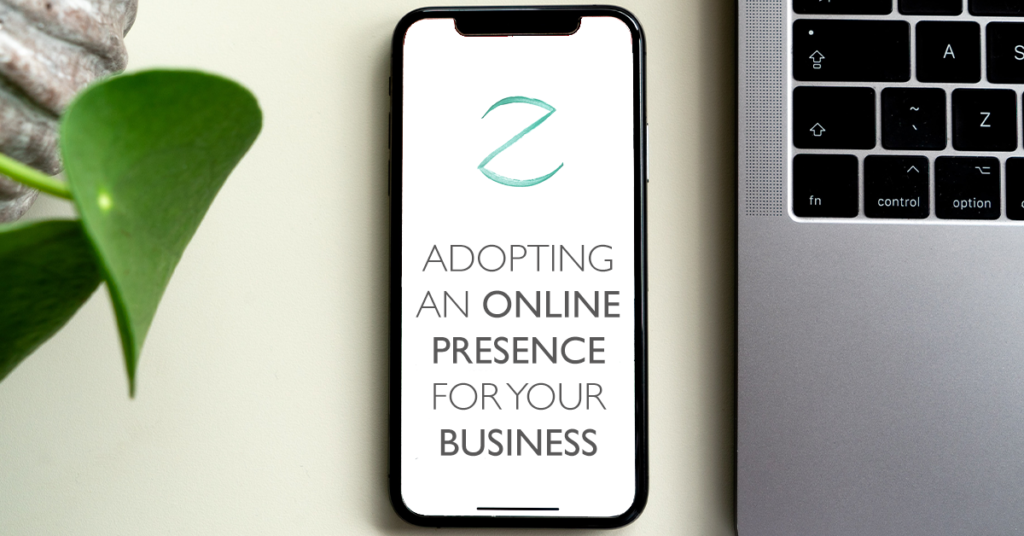
With the speed at which technologies are advancing in the digital era we live in, physical retail is steadily becoming ever more challenging to run. The struggle to maintain profitability in an industry facing online competition from all fronts is very apparent, as companies reduce brick and mortars in favour of a digital approach to sell their goods and services.
For those unfamiliar with the term, “Brick and Mortar” refers to traditional businesses that offer their products and services to customers face-to-face in an office or physical building. There are a variety of other retail categories that have products with tactile qualities which encourage physical interaction, such as clothing, jewellery, accessories, health and beauty, pet supplies, furniture, auto and home improvement.
The ‘Retail Apocalypse’
Over the past decade, companies have decided to downsize and reduce the amount of physical outlets for various reasons – some related to profit sizes, others due to their switch to online retail, or e-commerce.
Despite retail bankruptcies, store closings and liquidations, this shift towards online didn’t necessarily mean that buyers have replaced brick and mortar for clicks.
E-commerce sales in Europe have grown to €621 billion in 2019. Most of the online turnover is being generated in Western Europe, which accounts for approximately 66 percent of total European online retail turnover.
Though in recent years it was perceived that physical stores were often less profitable than e-commerce businesses, this is not entirely the case. The buying behaviour model of a modern consumer has shifted to a more hybrid pattern between online and physical retail, making use of each medium for its own particular purpose.
Technology has played an enormous role in the retail sector – not only allowing for the rise of online stores, but also enabling businesses to provide a more tailored and convenient in-store experience that can match the growing expectations of customers.
Many stores have come to realise that the best way to keep pace with evolving consumer demands is to deliver a customer experience built for the digital age.
Why should B&M businesses have an online presence?
Today’s digital consumer knows what they want, and when they want it. People want someone to greet them when they step in stores to shop. The importance of maintaining a conversation with customers before, during and after each sale is essential for creating an atmosphere that thrives.
From supply chain logistics and delivery handling through to point-of-sale (POS) systems and loyalty programs, technology is key to supporting every stage of the retail journey.
Some may even argue that just being present in the digital sphere is not enough. In order to maintain a loyal customer database, be it a small family-run business or a corporate powerhouse, companies should always find innovative ways of using technological advancements to their advantage.
A recent example of this would be a VR mobile application released by ikea, marrying the use of virtual reality software and your living room to browse the catalog of furniture available. This companion app is improving the company’s offering and digital presence, all the while enhancing the consumer buying experience.
What may the future hold for brick-and-mortar outlets?
A bridge between the two, perhaps? The stores of the future will be more technologically advanced to combat the every-growing competition from online-only businesses.
Mobile technology will continue to inform business representatives on the evolving buying behavior, customer product preferences and improve demographic targeting to drive more sales.
Customer service will remain key, as it will drive loyalty and traffic towards your business in an increasingly competitive digital space. The most successful retailers will be those who create a unified experience between digital channels and brick and mortar, which will allow them to have a unique competitive advantage in the digital economy.
Most importantly, in order to succeed, retailers must adapt to the new and ever-changing rules of how business is being conducted.
Things to keep in mind when forming your brand’s digital offering
Planning ahead – the transition to online is not easy, but is also not impossible. In order to do so effectively, you need to plan ahead, just as with any other business strategy.
Choosing a platform of communication – This will be at the core of your digital setup and one of the most important tools you will need to have a successful ecommerce site. Essentially here, we’re talking about the flexibility to allow you what you want to offer and the right way to execute it.
Budgeting costs – having a clear understanding of what your budget is and what you’re willing to spend to not only set up, but also maintain your online store.
Realistic expectations – it takes time to set everything up and even then, could take even more time before you begin to see traffic generated. Patience and being realistic will help you better navigate around the competition
ZED Consultancy offers you the proper guidance to further advance your brand on a digital scale. Take that leap and drop us a line to know more about the best ways to get you online.
